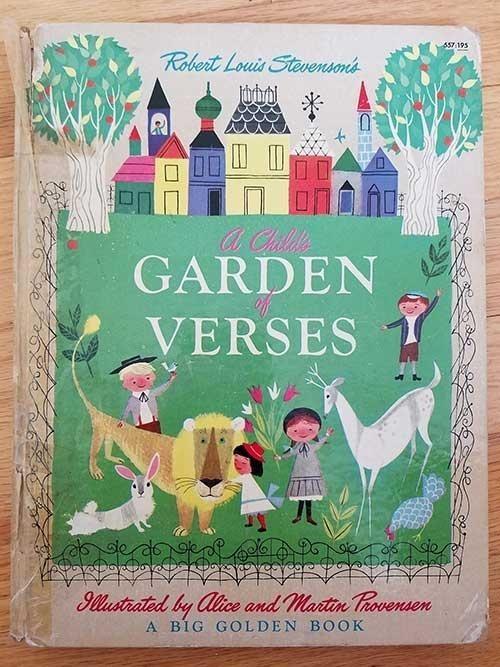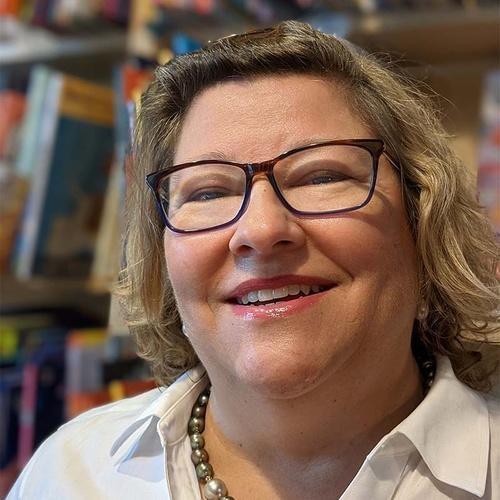Why Reading is Important


The first time I remember being swept away by a story was in fifth grade when my teacher, Mrs. Delehanty, read aloud A Wrinkle in Time by Madeleine L’Engle. My parents didn’t read aloud to me. It wasn’t until I had my child that I thought about early childhood literacy and kindergarten readiness.
When my son started elementary school was the first time I heard, “The goal is for every student to read at grade level by the end of third grade.” On the surface, I thought sure that sounds reasonable. Then I learned that only 43.7% of students had achieved that skill in North Carolina in 2021. The percentage has declined over the last ten years. For me that’s alarming.
I believe in the power of books and stories and that literacy is the right of every child. Reading is an essential life skill. Children learn to read by the end of third grade so they can read to learn forever more. When children can read, they are able to make their own informed decisions and form their own opinions based on information they have read and their life experiences. Serving as a Rootle Ambassador in Wake County gives me the opportunity to influence that statistic and raise the visibility of quality resources PBS North Carolina makes freely available to parents, caregivers and educators.
Encourage everyone to help children love to learn, develop a curious mind and be prepared socially and emotionally for school. When more children can read, it will benefit each of them and our community, state and nation. As former president Harry S. Truman once said, “Not all readers are leaders, but all leaders are readers.”
Poems are written about a wide variety of topics, build vocabulary, are usually short and provide plenty of ideas and concepts to discuss. They help the reader/listener learn how to express emotions and use their imaginations while visualizing the images associated with the poem.

Read for pleasure
One of the many ways you are a role model for children is by them seeing you read for your own pleasure. It doesn’t have to be every day or once a week. The book doesn’t have to be the great American novel. Talk to them about what and why you read. Simple statements like, “That story had me so _____, ” “The pictures/illustrations in this book I am reading remind me of _____,” or “I wish I had a friend like the character in this book” plant seeds in children and spark their own interest in picking up a book.
Read aloud
One routine I had when my son was young was to read to him while he took his bath. It had a couple of benefits: he stayed in the tub long enough to get clean and relax, he didn’t wander away and it counted as his bedtime story. He picked two books, I held one in each hand behind my back and he chose one hand. It helped to keep our nights manageable by preventing the “again, again, again” cries.
All reading is good reading
Poems, song lyrics, recipes, game instructions, comics, graphic novels, short stories, magazines, online reviews, fiction, non-fiction and sports articles are good reads. Even reading the same book for the 8,000th time! Empower your reader to choose what they want to read.

Lisa is the founder & CEO of Genschel Consulting. Lisa put her new skills to work supporting book drives with WakeUp and Read and the PTA at her son’s elementary school. There she operated a “birthday book room” where each student was invited to select a new book in honor of their birthday.